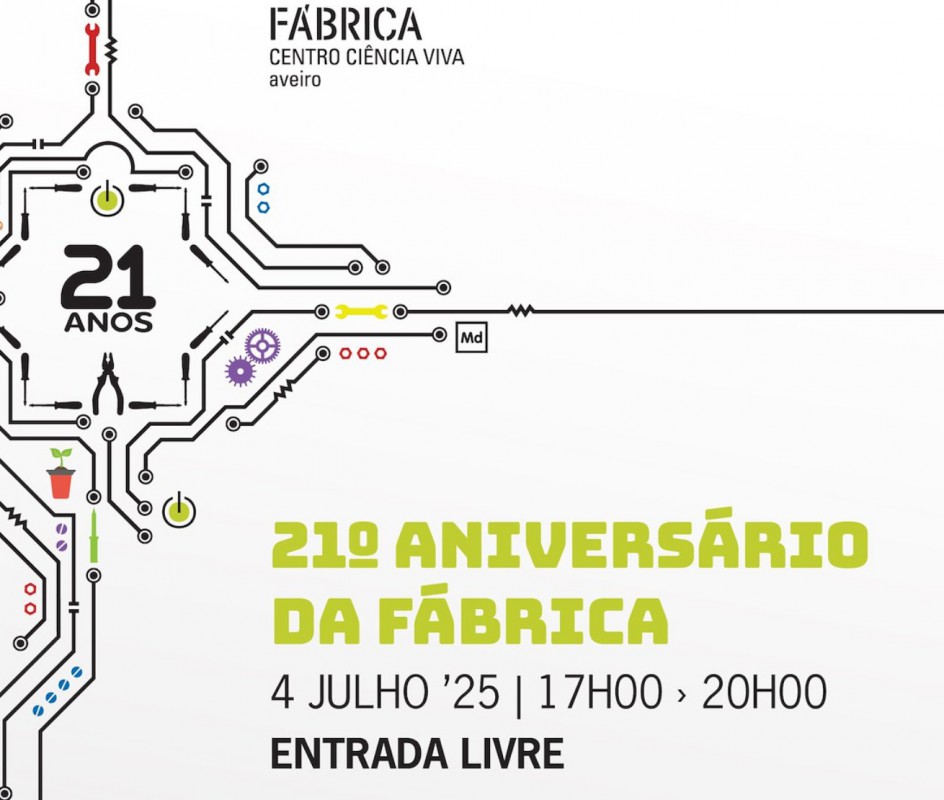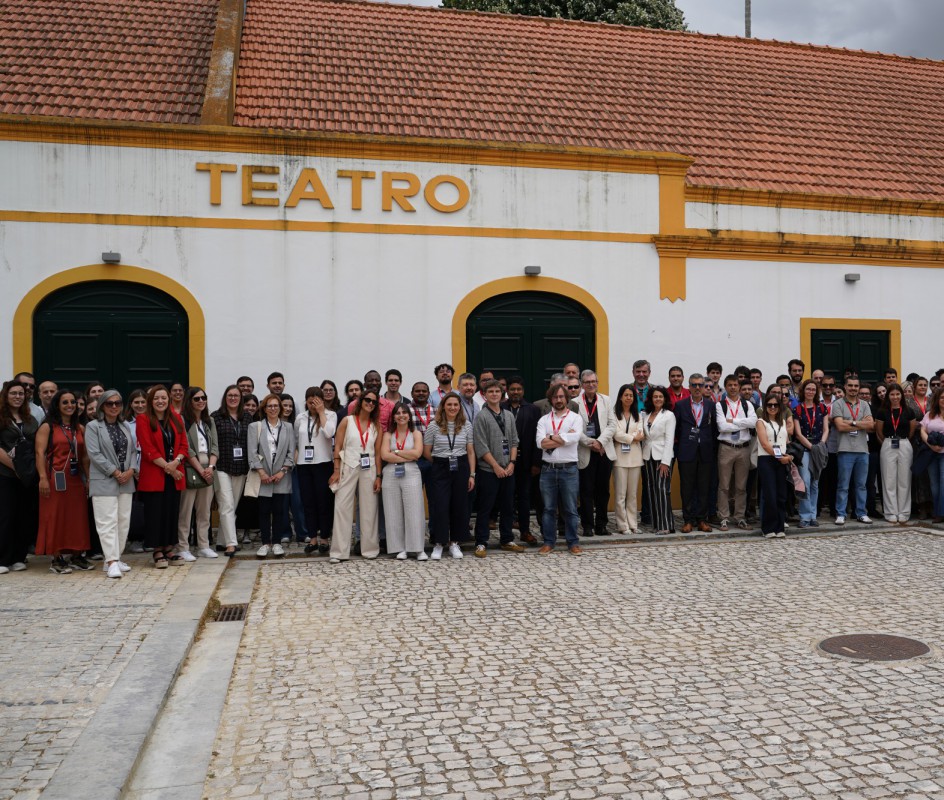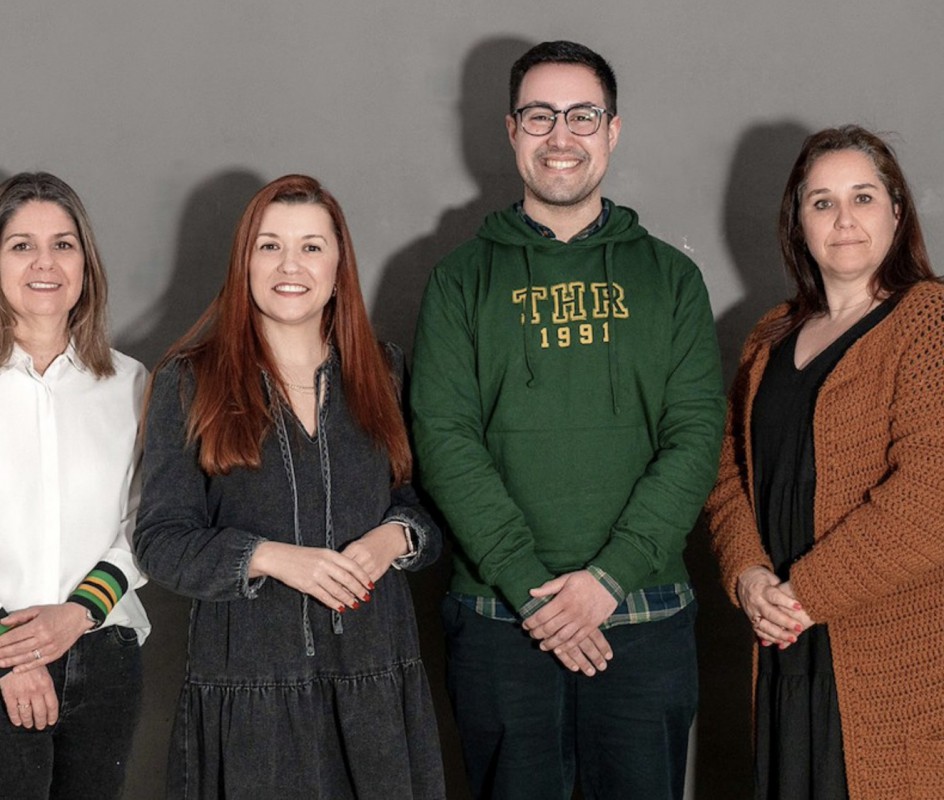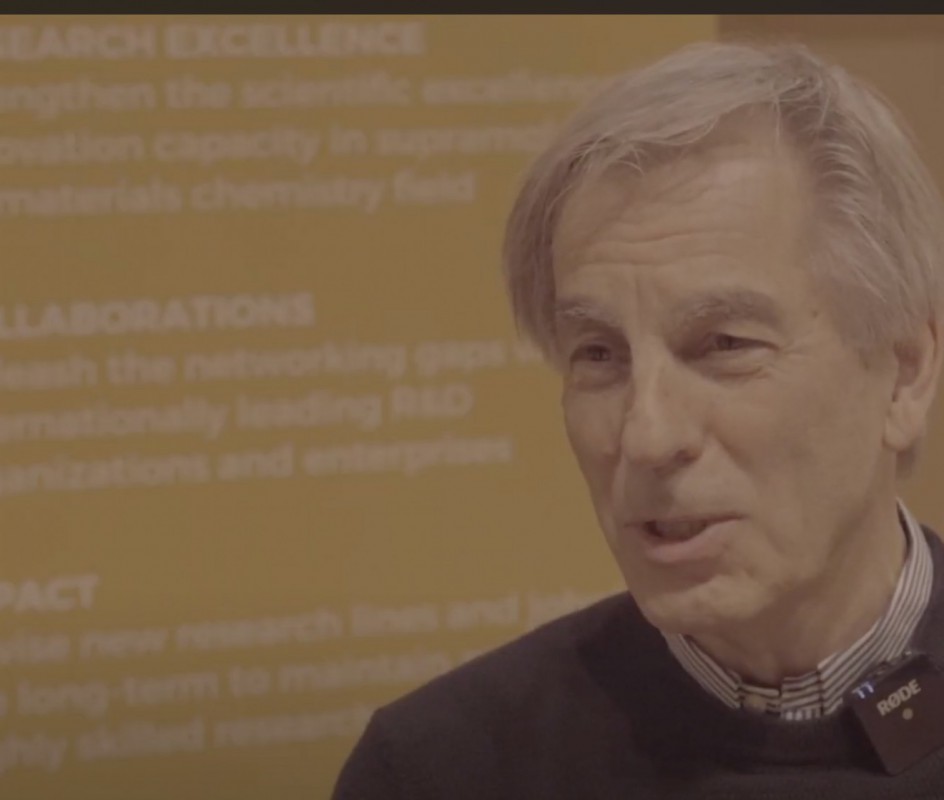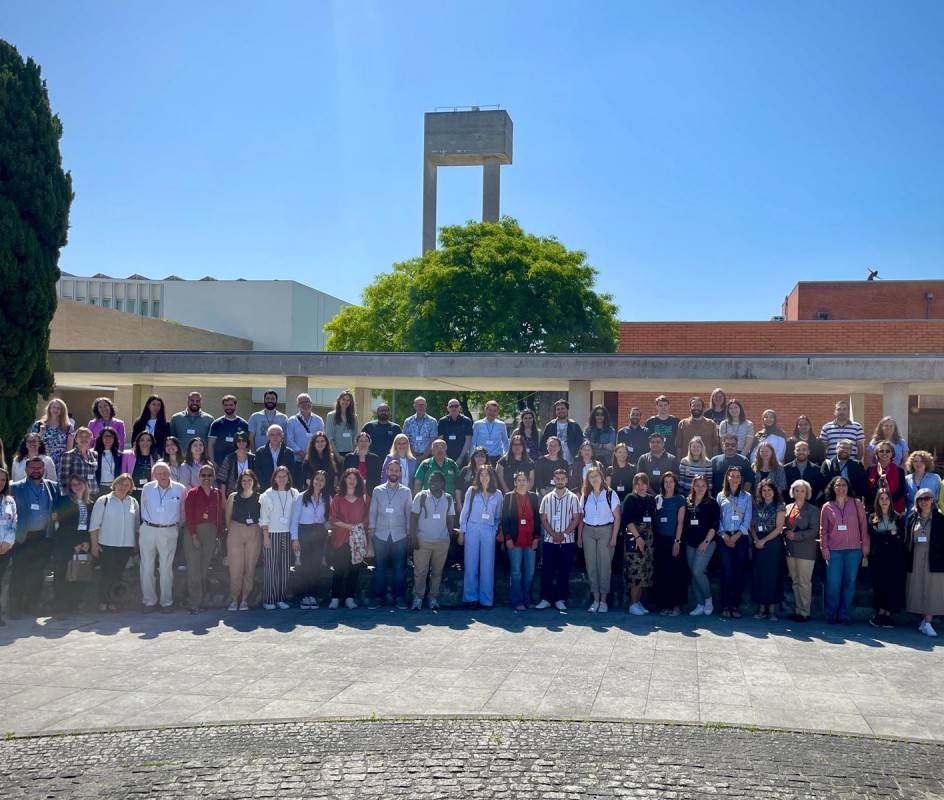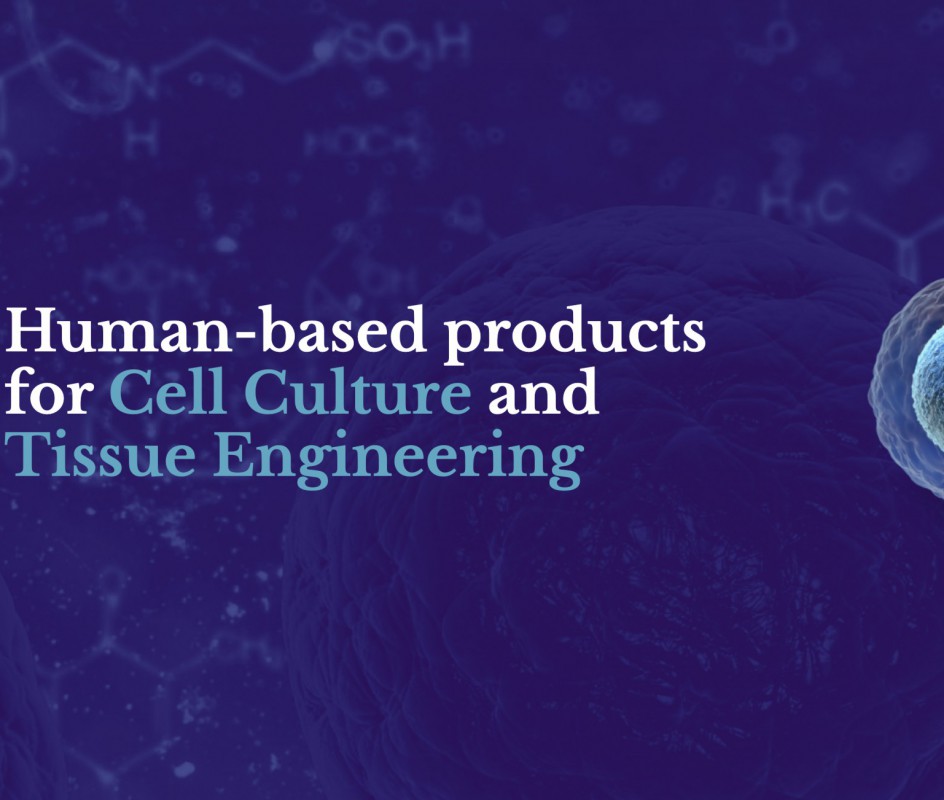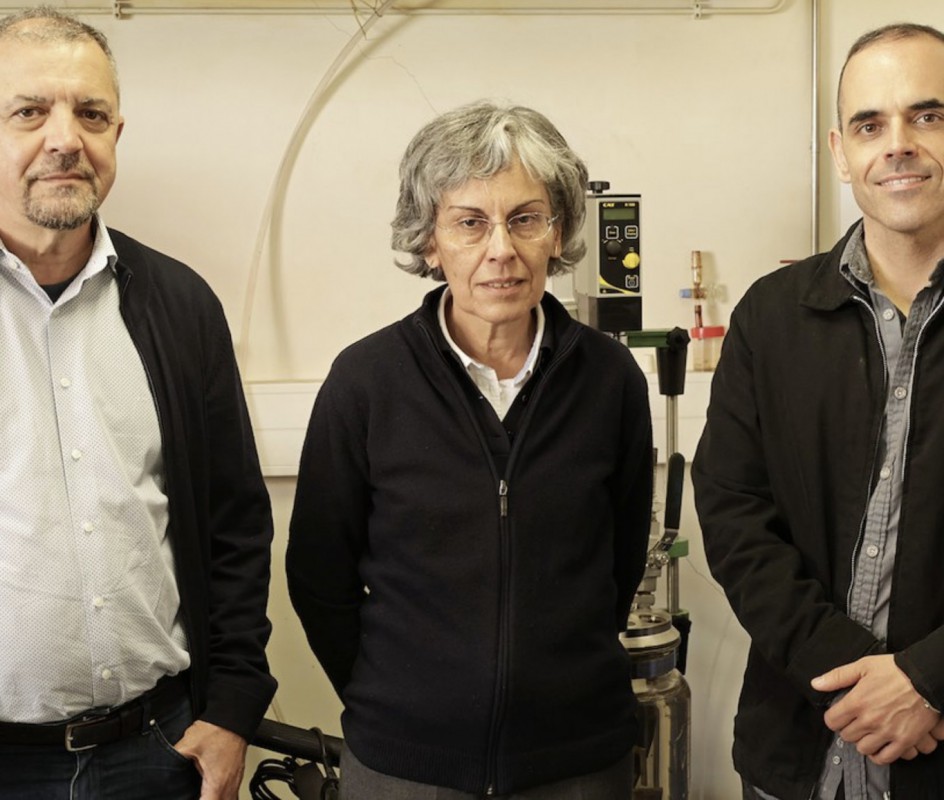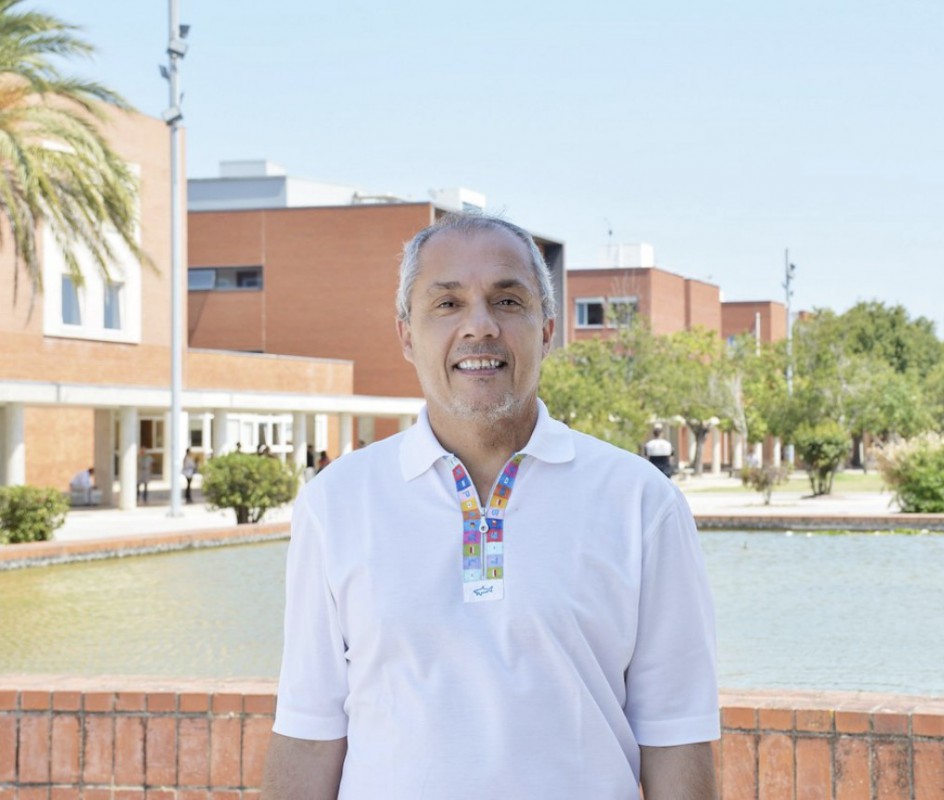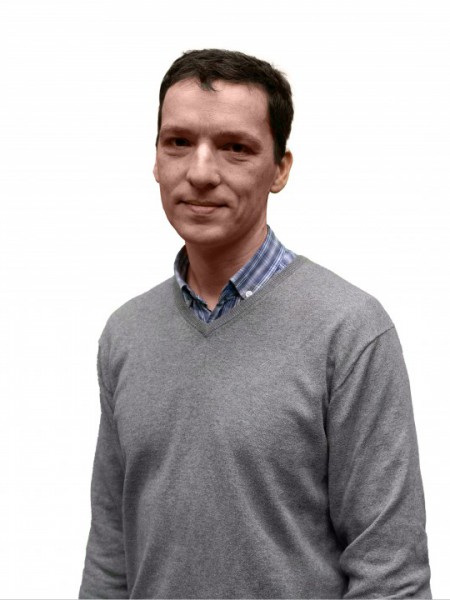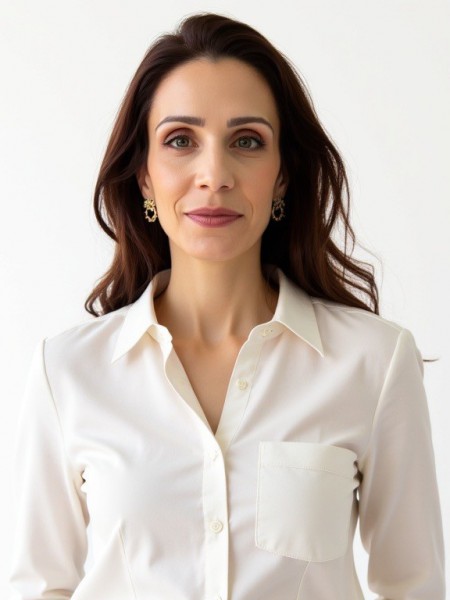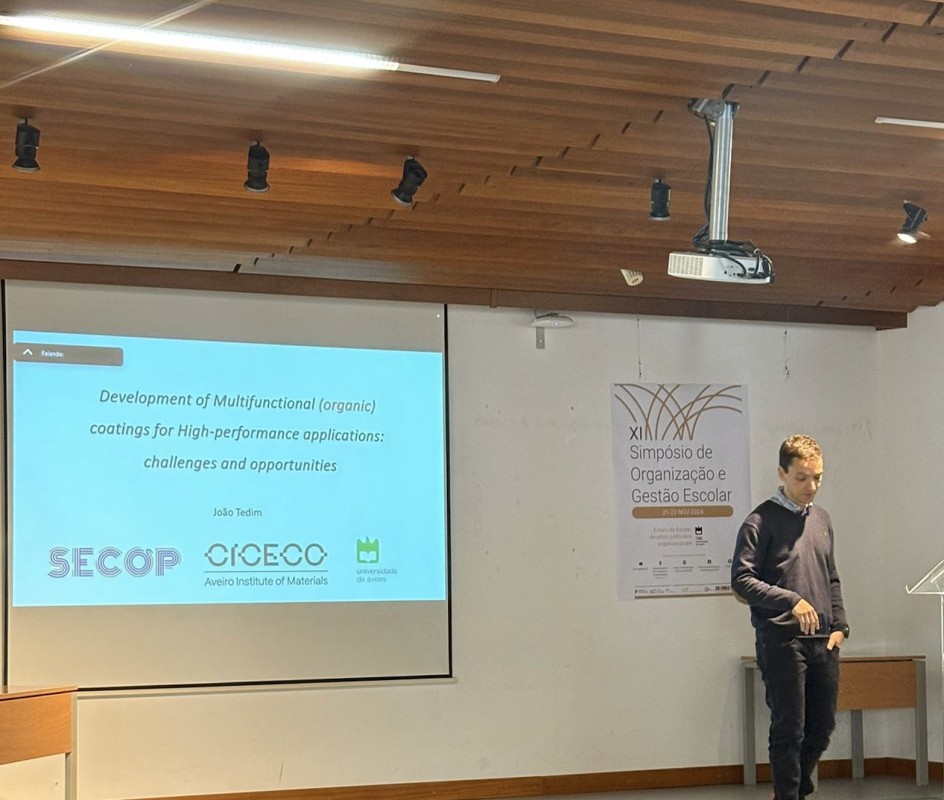
On November 25th, researchers from CESAM, CICECO, and LAQV-REQUIMTE gathered under the theme “When Chemistry meets Biology: (Eco)toxicity of Biodegradable Polymers and Nanomaterials.”
The universities of Lisbon and Pardubice (Czech Republic) and the Portuguese company Smallmatek Lda. also participated to discuss and collaborate in the field of biodegradable polymers and nanomaterials for various applications.
The initiative aimed to bring together experts from chemistry, materials engineering, biochemistry, bioengineering, biology, and industry to discuss and develop biodegradable multifunctional polymeric coatings with low (eco)toxicity. The discussions emphasized the intersection between chemical structure, biological function, environmental impact, and human health.
CICECO researcher Sofia Silva presented a session on biodegradable magnetic nanomaterials for tissue engineering applications, while João Tedim, another researcher from the center, discussed the development of multifunctional coatings for high-performance applications. Representing the industry, Frederico Maia from Smallmatek - Small Materials and Technologies, Lda (Aveiro) presented nanostructured materials for the immobilization of active compounds.
João Tedim highlighted the complexity of societal challenges, emphasizing the need to develop new materials for diverse applications and research across different fields. He remarked, "When we develop materials with high durability to ensure that metals and other substrates used in infrastructures and vehicles last longer, the challenge is to avoid using compounds or substances that may induce high toxicity and persist in the environment. Thus, to develop environmentally friendly technologies, we must bring together the materials expertise within CICECO and the capacity to evaluate their potential impact in the environment, which is available in CESAM. It’s not a forced pursuit but a natural progression to address these issues.”
CICECO researcher Sofia Silva presented a session on biodegradable magnetic nanomaterials for tissue engineering applications, while João Tedim, another researcher from the center, discussed the development of multifunctional coatings for high-performance applications. Representing the industry, Frederico Maia from Smallmatek - Small Materials and Technologies, Lda (Aveiro) presented nanostructured materials for the immobilization of active compounds.
João Tedim highlighted the complexity of societal challenges, emphasizing the need to develop new materials for diverse applications and research across different fields. He remarked, "When we develop materials with high durability to ensure that metals and other substrates used in infrastructures and vehicles last longer, the challenge is to avoid using compounds or substances that may induce high toxicityand persist in the environment. Thus, to develop environmentally friendly technologies, we must bring together the materials expertise within CICECO and the capacity to evaluate their potential impact in the environment, which is available in CESAM. It’s not a forced pursuit but a natural progression to address these issues.”
The workshop, organized by Maria Pavlaki (CESAM & DBio), Manuel Coimbra (LAQV-REQUIMTE DQ), and Roberto Martins (CESAM & DBio), was held as part of the Horizon MSCA SAFERCOAT project and the visit of Professor Tomas Rousar from the University of Pardubice, Czech Republic.
Key Outputs of the Workshop:
-
Identification of technical and scientific challenges for applications such as high-performance coatings, customized disease treatments, controlled drug delivery systems, or other molecules that are safe for both the environment and humans.
-
Advocating for a trans- and multidisciplinary approach in the early stages to understand the relationship between chemical structure, performance, and environmental and public health impacts.
-
Assessment of (eco)toxicological effects of products developed by universities and companies to ensure environmental and human health safety before market entry.
-
Strengthening funding tools for applied scientific activities with high added value, while also supporting fundamental science.
-
Identifying challenges and opportunities in knowledge transfer to industry, highlighting the importance of clear and effective communication about product hazards to the general public.
Related Articles
We use cookies for marketing activities and to offer you a better experience. By clicking “Accept Cookies” you agree with our cookie policy. Read about how we use cookies by clicking "Privacy and Cookie Policy".


